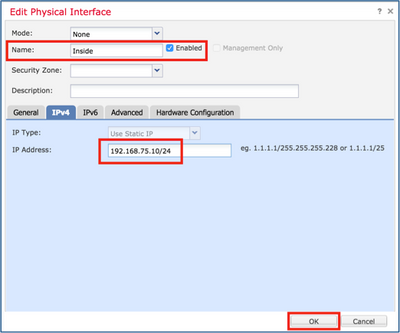FTD Mac OS
The OSEPP™ FTDI is a USB-to-serial (TTL) converter for serial communication with devices like the OSEPP™ Pro and Pro Mini boards. The board uses the popular FT232RL chip from FTDI.
- Hi Experts, I have posted this same query on AnyConnect forums, but also wanted get a view from ISE's end. Last week we have migrated from ASA to FTD. With no changes in policies or any other configuration on ISE's end. The configuration is good as it is.
- If you’re using a Firepower Threat Defense (FTD) device, running FTD version 6.5 or later, for configuring Remote Access Virtual Private Network (RA VPN), you can use the RA VPN wizard in CDO to upload AnyConnect software packages to the FTD. In the RA VPN wizard, you must provide the URL of the remote HTTP or HTTPS server where the.
Ftd Master Florist
Specifications:
| Integrated Circuit | FTDI FT232RL |
| Dimensions (without additional pin headers) | 38.0 x 18.0 x 12.0 mm |
| Power Source | Mini-USB |
| Support Operating Systems | Microsoft Windows, Mac OS X, Linux, Android |
Connecting the FTDI breakout board to OSEPP™ and Arduino boards: If connecting to a board with 1×6 male pin headers, simple connect the 1×6 female connector to the pin headers. If connecting to a board with pinholes, insert a 1×6 male pin header into the 1×6 female connector, then connect to the board. When connecting the FTDI breakout board, make sure the pin signals match up to the target board’s.
Highlights:
• Pinout compatible with Arduino boards such as OSEPP™ brand
• Form factor is breadboard friendly
• Selectable common-collector voltage (VCC) of 3.3 or 5 V
Features:
The pinout is designed to work with Arduino and compatible boards that do not have a built-in USB-to-serial converter, such as the Pro and Pro Mini.
Ftd Master Florist Phone Number
The pin VCC can be easily configured to be 3.3 or 5 V by placement of a jumper. This allows the board to be used with boards that operate on either 3.3 or 5 V nominal voltage.
The FTDI board is designed for flexible connections to other boards. For example, its female header connects easily to the male pin header of the OSEPP™ Pro. Furthermore, connecting the provided male pin headers to the female pin header allows connections to pinout of the Pro Mini. The male pin headers can also be soldered to the FTDI board to make it breadboard mountable.
Drivers for the Virtual COM Port (VCP) is available for virtually all mainstream operating systems.
Downloads:
| OSEPP™ FTDI Breakout Board Schematic (PDF) |

Availability:
| Stock Code | Product Name |
| FTD-01 | OSEPP FTDI Breakout Board |
Learning Center:
What You Need
● USB to mini-USB cable
● FTDI drivers (http://www.ftdichip.com/Drivers/VCP.htm)
Installing the drivers (do this before plugging into PC/Mac):
- Download the FTDI Virtual COM Port (VCP) drivers from the website listed above
- Install the drivers by following the installation guide at http://www.ftdichip.com/Support/Documents/InstallGuides.htm
Connecting the FTDI breakout board to OSEPP™ and Arduino boards:
- If connecting to a board with 1×6 male pin headers, simple connect the 1×6 female connector to the pin headers. If connecting to a board with pinholes, insert a 1×6 male pin header into the 1×6 female connector, then connect to the board. When connecting the FTDI breakout board, make sure the pin signals match up to the target board’s pin signals, e.g., GND should go to GND, CTS should go to CTS, and so on. Also, make sure the connection is secure.
- Place the jumper on the FTDI breakout board to select either 3.3 or 5 V VCC to match that of your target board’s VCC
- Connect USB cable to PC/Mac
- Connect other end into the FTDI breakout board
Using the FTDI breakout board on a breadboard:
- Solder the 1×6 male pin headers to each of the 1×6 pinholes on the two sides of the FTDI board
- Place the FTDI breakout board onto a breadboard and make appropriate connections
- Place the jumper on the FTDI breakout board to select either 3.3 or 5 V VCC to match that of your target board’s VCC
- Connect USB cable to PC/Mac
- Connect other end into the FTDI breakout board